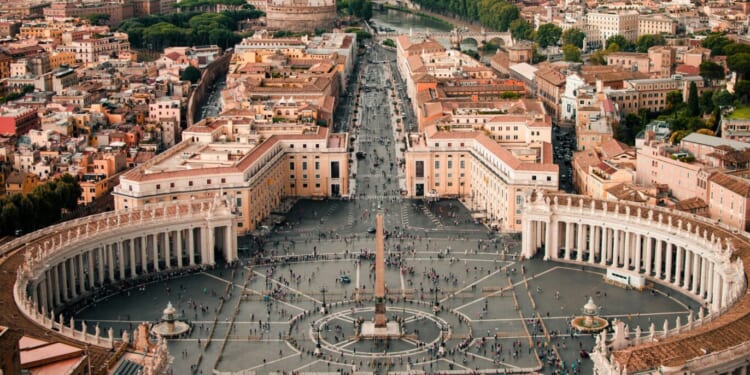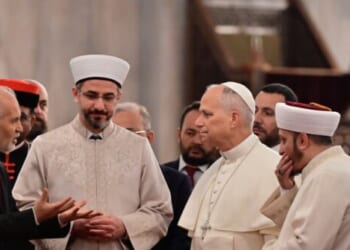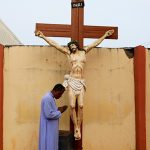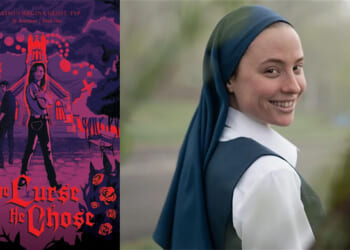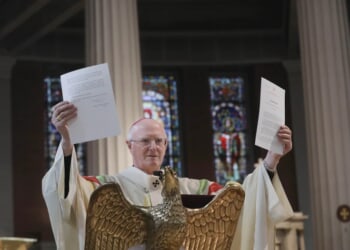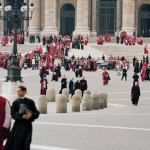Recent surveys suggest that Christian worship patterns in England are undergoing a subtle but significant transformation. While overall identification with Christianity has fallen—for example, the 2021 census showed that only about 46.2% of people in England and Wales described themselves as Christian, down from nearly 59% in 2011. For those who do attend church regularly, a remarkable trend is emerging: traditional Protestant denominations are losing ground while Catholic and charismatic expressions of faith are gaining traction. A report by the Bible Society (“The Quiet Revival”) combined YouGov data and found that among younger, regular churchgoers, Catholics now outnumber Anglicans by more than two to one.
Perhaps the most striking implication of this shift: for the first time since the 16th-century Protestant Reformation, England looks as though it might soon have more Catholics than Protestants on the ground as active worshippers. If Catholic parishes continue to draw younger people while Protestant ones decline, a new majority-Catholic landscape is a real possibility.
King and Queen of England pray with Pope Leo XIV
In a powerful moment recently, King Charles III and Queen Camilla travelled to the Vatican and prayed alongside Pope Leo XIV in the Sistine Chapel—a meeting described by observers as “something that hasn’t happened since long before the separation of the Church of England from the Church of Rome.” This ritual act of joint prayer is highly significant: it enshrines a gesture of unity across what had for centuries been a sharp religious divide.
Here lies the deep irony: the very monarchy that vigorously fought to sever ties with Rome is now, in effect, witnessing a reversal of sorts. The Protestant Reformation was marked by vehement rejection of the papacy and Catholic sacramental life. Yet now we are seeing younger generations in England, many raised in an Anglican or Protestant heritage, turning toward Catholic parishes with their liturgies, sacraments, traditions—drawn, as one journalist put it, by a longing for “something deeper.”
It’s an almost full-circle moment: Protestants once left Catholicism behind, and now many of their descendants are returning—not always through formal conversion, but through the lived reality of Catholic-style worship and community.
Many rise and fall—the Catholic Church remains
Across the long sweep of history, institutions and empires have risen in splendor and fallen into dust. The mighty kingdoms of Egypt, with their vast pyramids and divine pharaohs, once seemed eternal—yet today they stand silent, their gods forgotten, and their temples crumbling beneath desert sands. The Roman Empire, whose legions conquered the known world, has long since vanished; its marble palaces reduced to ruins, its emperors remembered only in stone. The grand dynasties of China, once ruling with celestial authority, came and went with the centuries, each proclaiming permanence, yet none enduring forever. History is littered with the relics of powers that believed they could not fall.
And yet, through it all, the Catholic Church remains. When the Roman Empire collapsed, it was the Church that preserved learning, tended the sick, and baptized the tribes who would shape Europe. When kings and empires came and went, when revolutions toppled thrones and redrew maps, the Church continued to preach the same Gospel, celebrate the same sacraments, and worship the same Lord. The Church’s endurance is not that of a worldly institution clinging to survival, but of a divine Body animated by the Spirit of Christ—the same Church He promised would stand firm when He said, “The gates of hell shall not prevail against it.”
Now even the Church of England—born of rebellion and royal decree—seems to waver in its identity, its pews emptying while Catholic churches quietly fill once more. History, it seems, has a sense of irony. The very institution that broke from Rome now looks on as England’s spiritual heart beats again in Catholic rhythm. Empires have risen, and empires have fallen. Nations have come and gone. But the Catholic Church—the Bride of Christ, universal and eternal—still stands, proclaiming the same truth to every generation: kingdoms pass away, but Christ and His Church endure forever.
After Five Hundred Years: Heading Towards a New Equilibrium
After nearly five centuries of conflict, identity-construction, and denominational rivalry, England seems to be entering a new chapter in its Christian story. The old divisions remain—structurally, legally, culturally—but the devotional map appears to be shifting. If Catholic worship continues its momentum, and if Protestant attendance keeps declining, England may again become a primarily Catholic country—not by decree, but by the quiet rhythm of Sunday attendance, parish life, and generational change.
Pope Leo’s praying with the monarchy in the Sistine Chapel offers a striking image. After five centuries of division, England seems to be hearing again the ancient voice that first brought the Gospel to her shores. The Catholic Church, far from being a relic of the past, stands ready to welcome home all who seek the fullness of truth, beauty, and communion in Christ. As the doors of English cathedrals and parish churches open each day, one can almost hear the quiet echo of Our Lord’s words: “That they may all be one.”
Photo by Caleb Miller on Unsplash

